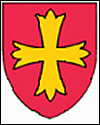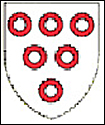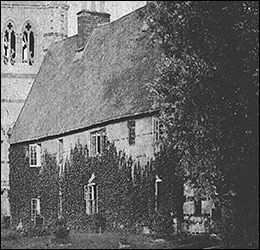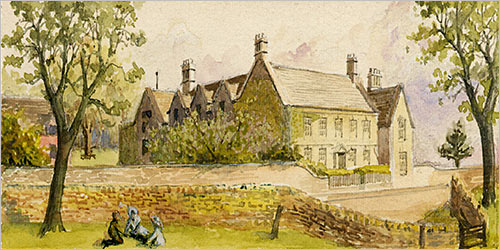| Summary researched and compiled by John Meads | ||||||||||||
|
||||||||||||
|
||||||||||||
|
The Lords of the Manors To say that details regarding the ownership of the two Burton Latimer manors following the Norman Conquest are unclear would be an understatement. Suffice to say that in the course of generations the two manors became possessed through litigation or inheritance by the relatives of two families – Latimer and Plessy (or Plecy) – and from the former is derived the modern name Burton Latimer, although up to the early 1800s, “Burton Latimer alias Plessy” (or even Placie) could be found on some manorial documents.
From the early 1600s, the Latimer lordship was held by the Bacon family but when Henry Bacon’s widow, Dorothy married Dr. Thomas Perkins in 1711 it passed from the Bacons and was eventually sold to John Harpur in 1760. In 1764 John Harpur also bought the Plessy manor, so combining the two lordships for the first time in several hundred years. The Harpur family made their home in Burton Latimer Hall and the Plessey manor house, at that time owned by the Montagu family, was sold to the Church, which used it as accommodation for curates and their families for many years.
The Manor Houses As a consequence of there being two manors in Burton Latimer, there were two manor houses; the Plessy manor house stood west of the church upon the site of what is now known as the “Manor House”. This house was rebuilt in 1704 while in the ownership of the Montagu family. The house was leased out to the church, which used it to house some of its married curates and 1876 it was bought from the Duke of Buccleuch by the Rector, the Revd. Francis B. Newman. At the same time, the Duke gave some adjoining land to be used for building a school. The house continued to be used by curates or let out on short leases until the early 1920s when it was bought by Mr. Robin Green whose wife was formerly Charlotte Lethbridge, sister of the Rector. In the 1920s two underground passages were discovered under the floors in the house but these were later blocked up. One led in the direction of the church and the other towardsThe fine Elizabethan house standing at the entrance to the town on the road from
|
||||||||||||



